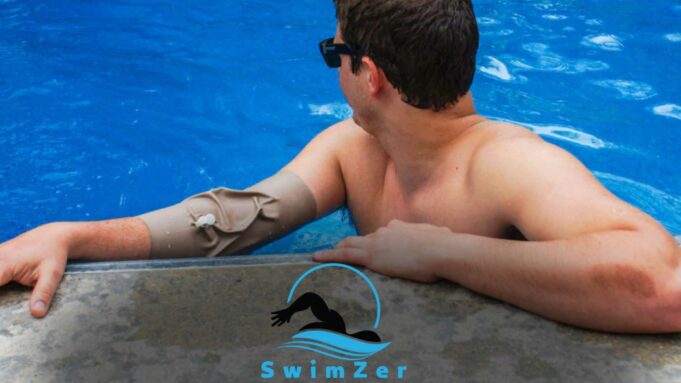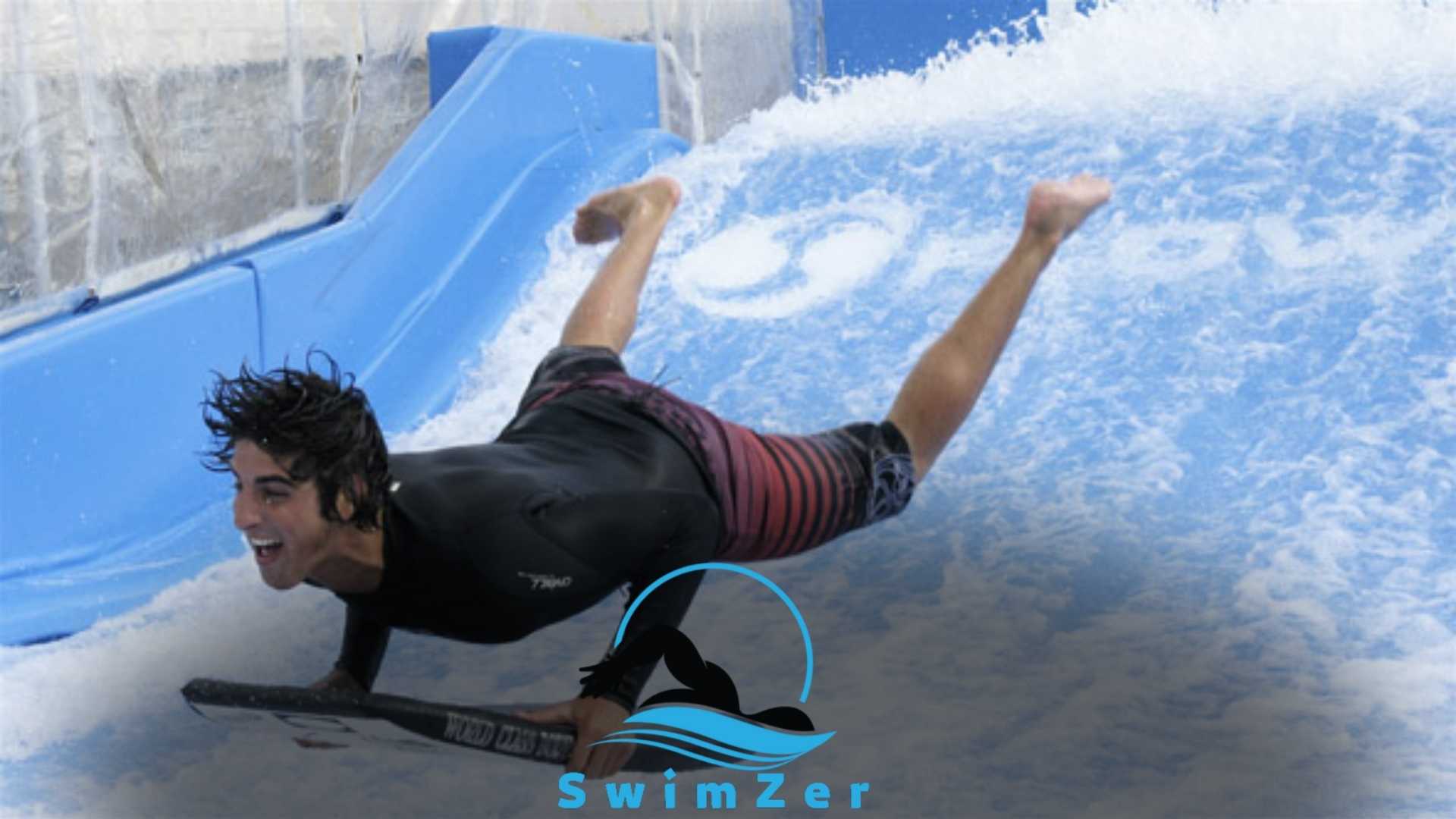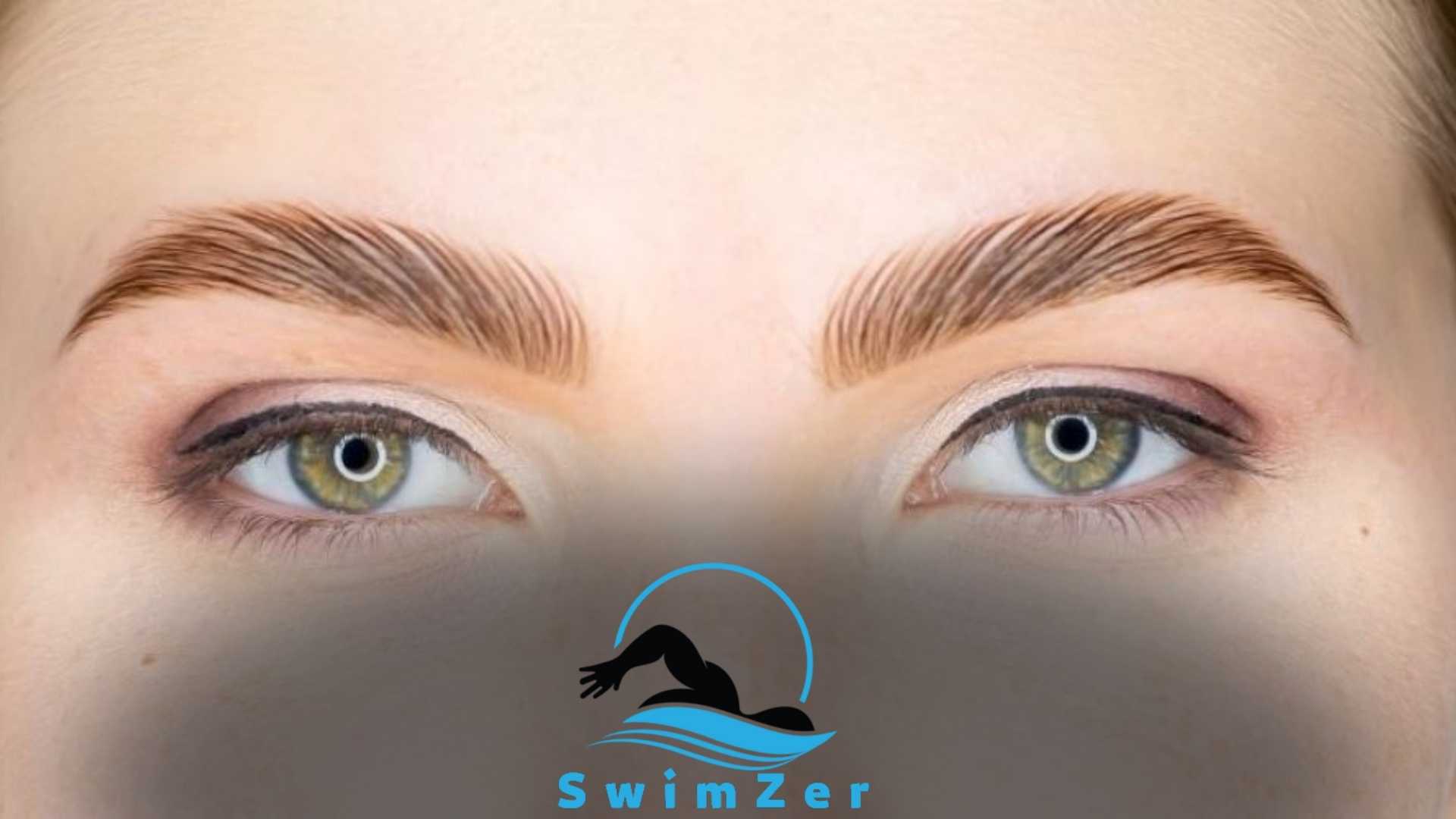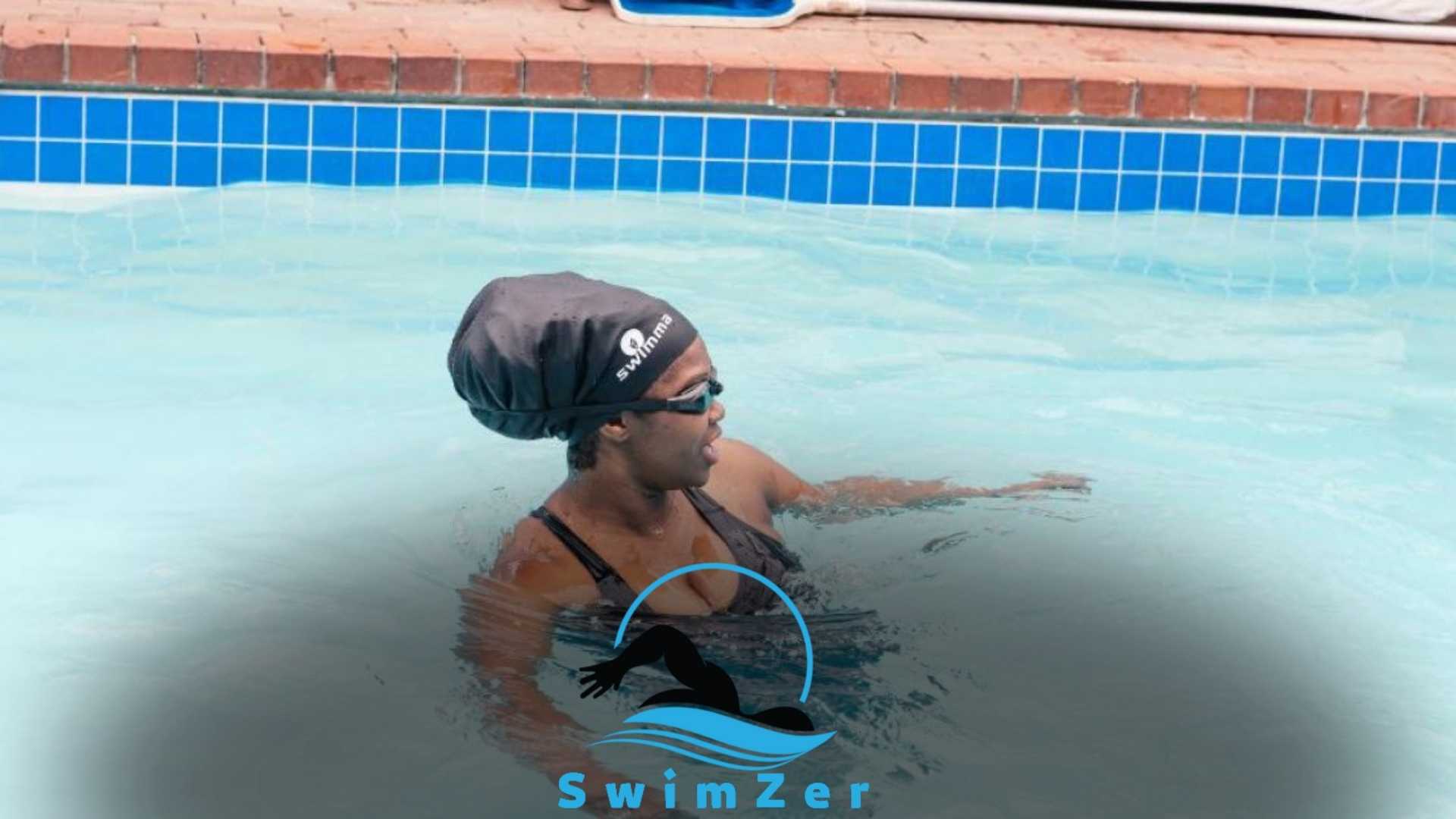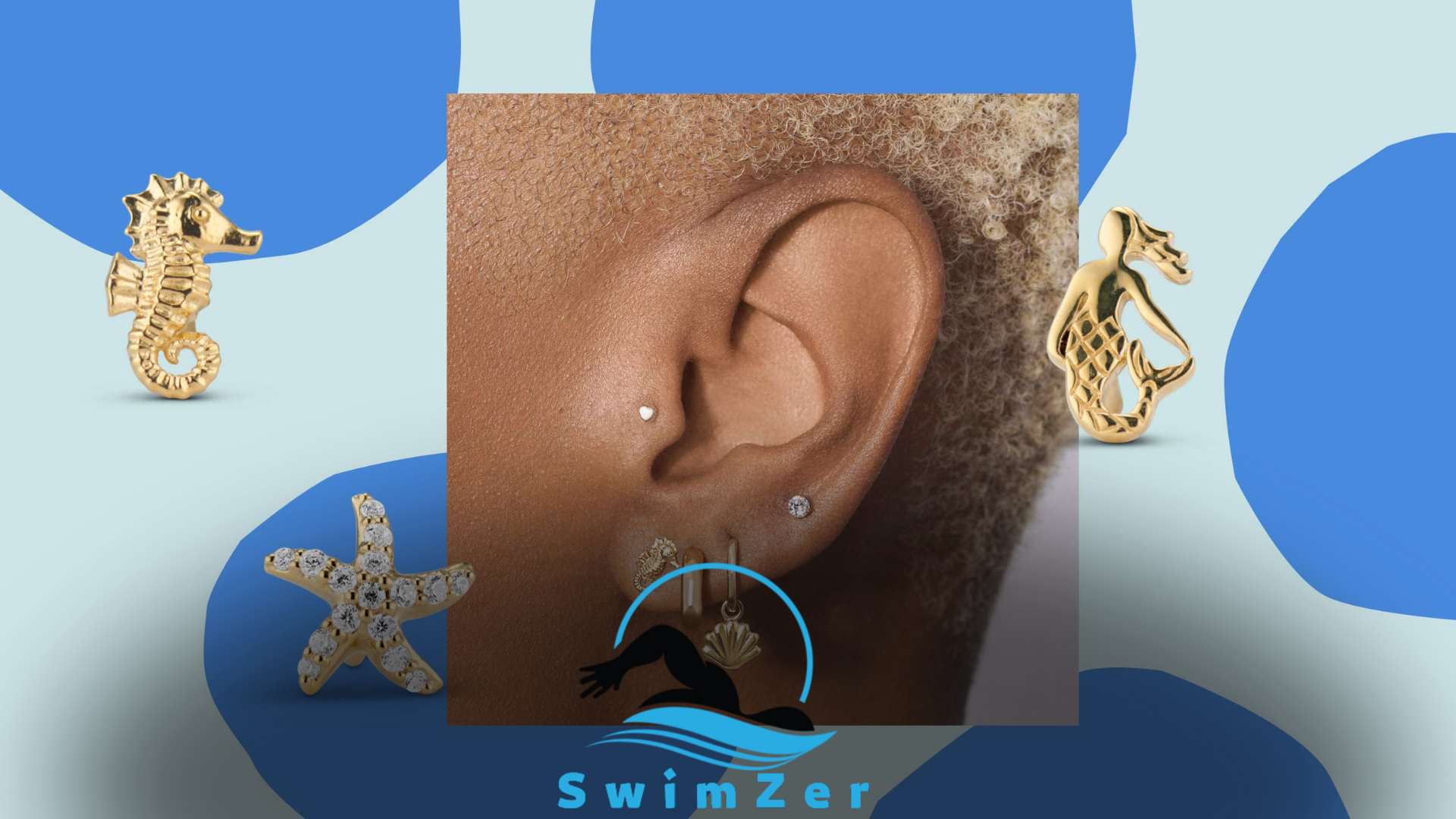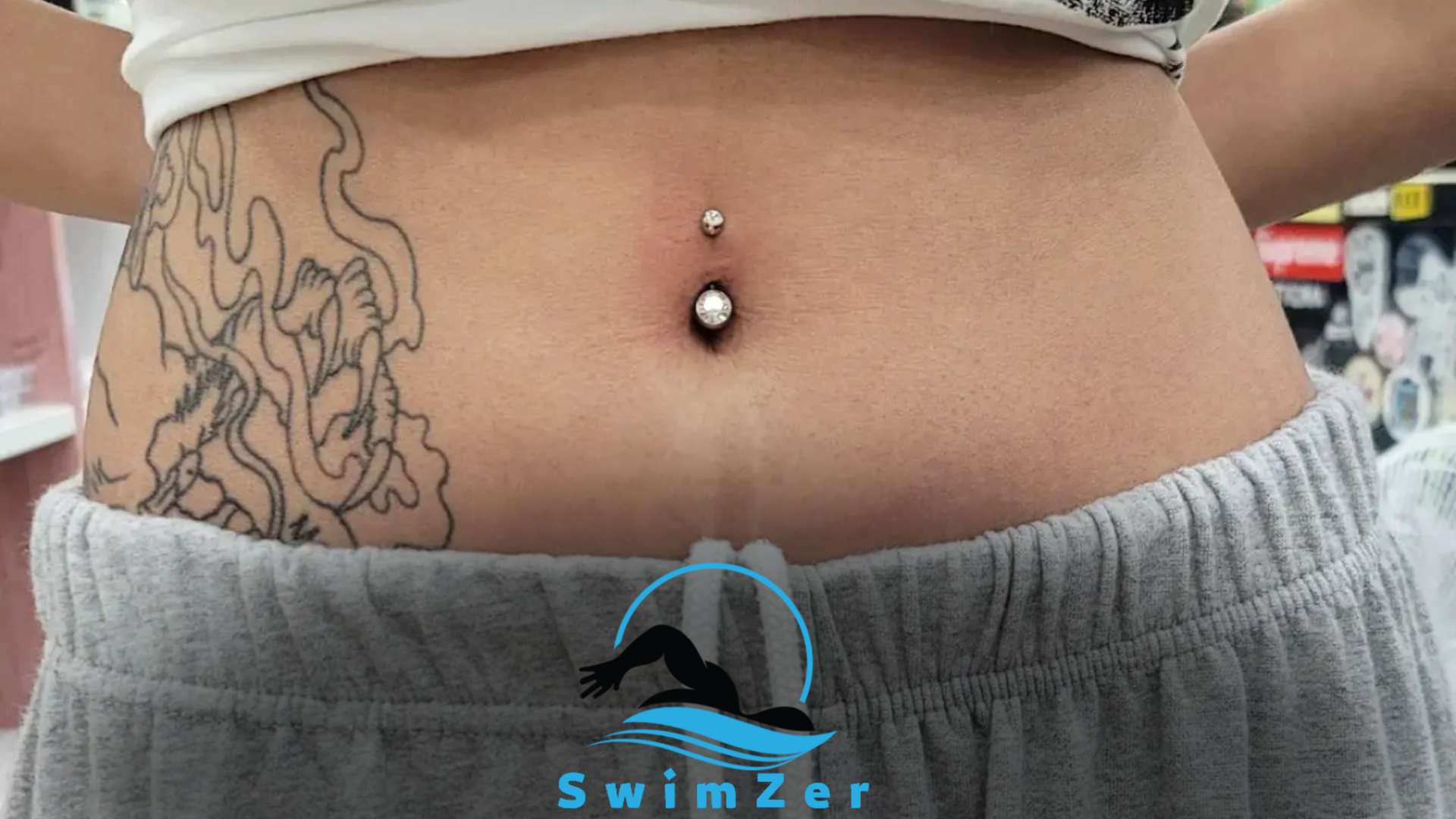No, swimming with a PICC line is not recommended as it can increase the risk of infection and damage to the line. A peripherally inserted central catheter (PICC) line is a long, flexible tube inserted through a vein in your arm and passed through to the larger veins near your heart.
PICC lines draw blood samples, give treatments, and administer fluids and medication. But, as helpful as PICC lines are, they come with limitations.
One of which is that they complicate activities such as swimming, taking baths, and participating in water activities.
In this article, we will discuss what PICC lines are, the risks associated with swimming with a PICC line, and what precautions you need to take to keep the line safe when participating in water activities.
Can You Swim With A PICC Line: Understanding What a PICC Line is
A PICC line is a medical device for intravenous (IV) therapy or chemotherapy. The catheter is inserted through a vein in the arm and then advanced through the larger veins near the heart. The major risk of swimming with a PICC line is infection.
There is also a chance of the PICC line becoming disconnected or the catheter breaking. If you need to swim with a PICC line, take precautions such as using a watertight covering and avoiding water activities where there is a risk of falling or being hit.
Consult your healthcare provider before swimming or engaging in water activities with a PICC line.
Swimming with a Picc line requires careful consideration. Similarly, if you have a Foley catheter, it’s essential to know the guidelines for swimming with a Foley catheter to avoid complications.
Can You Swim With a PICC Line: The Risks Involved
Swimming with a PICC line is not recommended due to potential risks. Any contact with water increases the risk of infection. Water carries bacteria and other microorganisms that can enter the body through the tube.
This may lead to infections or complications, such as blockages in the tube or bloodstream.
Another concern is possibly dislodging the PICC line, which can cause further issues. If the line is pulled out or damaged, it may require surgery to replace it.
Therefore, individuals with a PICC line should avoid swimming or other water-related activity.
Following your healthcare provider’s advice is essential to keep yourself safe, healthy, and free from complications.
Certain health devices can be sensitive to water. If you use a glucose monitor, ensure you know the precautions to swim with a continuous glucose monitor.
Alternatives to Swimming
Swimming can be risky with a PICC line due to the risk of infection and damage to the line. It is recommended to avoid swimming until the line is removed.
Alternatives to swimming include taking a shower with a waterproof cover, sponge bathing, or using wet wipes.
It is also important to keep the site clean and dry and to avoid any physical activity that may damage the line. Consult your healthcare provider for specific instructions on how to care for your PICC line.
By following these recommendations, you can maintain personal hygiene without risking your health.
What to Do If Water Enters Your Tube
Swimming with a PICC line may be tempting, but risks are involved. If water enters your tube, it can lead to serious infections. Be aware of the first signs of infection, such as fever, redness, swelling, and pain.
If you notice any of these signs or suspect water has entered your tube, seek medical assistance immediately.
It’s important to take proper precautions, like covering your PICC line properly before entering water. If you do choose to swim, make sure to dry the area thoroughly afterward.
Remember, your health and safety should always be your top priority.
Navigating the waters with medical tubes can be challenging. If you’re using a urinary catheter, get insights on the best practices when deciding to swim with a catheter.
Frequently Asked Questions
Can You Swim With a PICC Line Inserted in Your Body?
Swimming with a PICC line can increase the risk of infection, and it is generally not recommended.
What Precautions Should You Take Before Going for a Swim With a PICC Line?
It is crucial to keep the PICC line dry while swimming. You can use a waterproof PICC line cover to protect the area.
Is There a Condition Where You Can Swim With a PICC Line?
It is not recommended, but if you have to swim with a PICC line, only your physician can diagnose and advise you.
What Are the Risks of Swimming With a PICC Line?
Swimming with a PICC line increases the risk of infection and contamination of the line.
Can Chlorine in a Pool Impact the PICC Line?
The chlorine in a pool can cause skin irritation around the PICC line site, increasing the possibility of infection.
Can the Salt Water in the Sea Cause Any Damage to the PICC Line?
Saltwater can cause skin irritation and damage to the site, increasing the risk of infection. Swimming with a PICC line is not recommended.
Conclusion
Swimming with a PICC line can be risky and should not be done without consulting a healthcare professional. While it may be tempting to hop in the pool or ocean during the summer months, it’s important to prioritize your health and safety.
Even if you feel fine, internal damage could be caused by the increased pressure of swimming or exposure to bacteria in the water. Although it’s possible to protect your PICC line with a waterproof cover, accidents can still happen.
It’s better to err on caution and avoid swimming until your PICC line is removed. Always listen to your doctor’s advice and follow their instructions closely to ensure a safe and speedy recovery.

